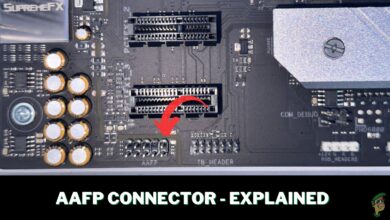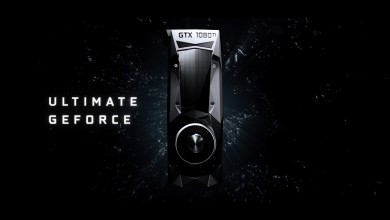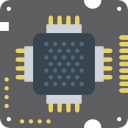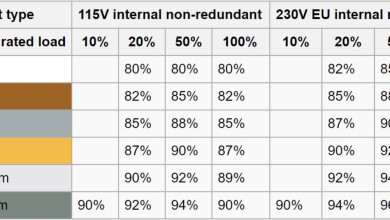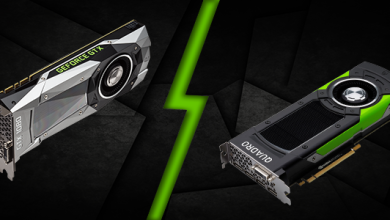X-NAND Technology Explained – QLC Capacity at SLC Speeds
The field of storage has seen rapid advancements over the past decade. For the longest time, hard drives were the primary storage medium in consumer PCs. At the beginning of the previous decade, there was a significant introduction of a new storage form known as Solid State Storage. While the concept wasn’t entirely new, its initial implementation was somewhat unrefined. Additionally, the costs of different types of solid-state drives were significantly higher compared to standard mechanical hard drives, which made hard drives the default storage choice for consumer PCs.
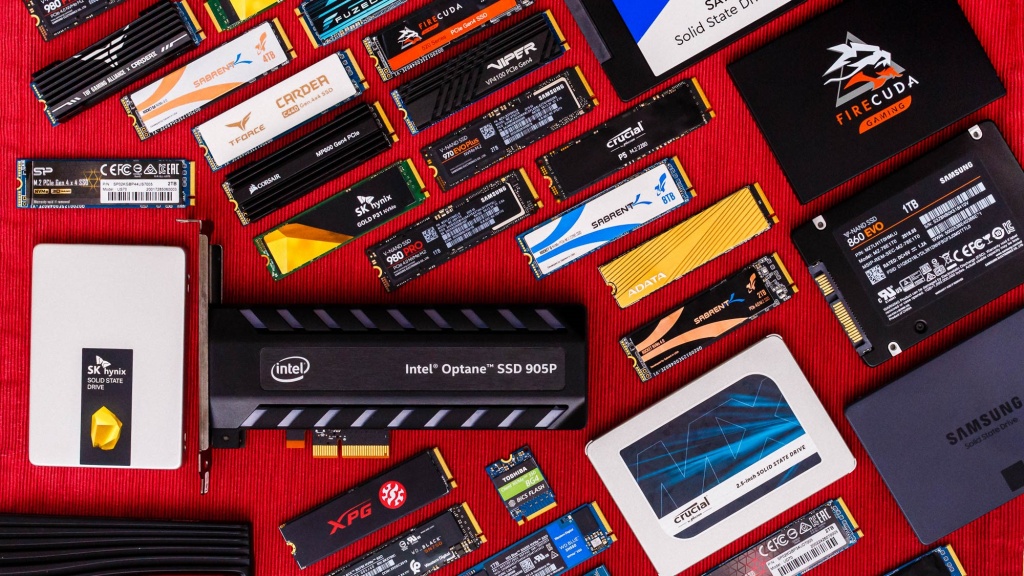
Later in the decade, advancements in solid-state storage accelerated dramatically. Newer NAND flash technologies were introduced, faster and more efficient controllers were developed, and the performance of drives improved exponentially, while prices became more affordable. Many of these changes can be attributed to progress in the field of NAND flash. Different types and configurations of NAND flash allowed manufacturers to reduce costs while maintaining large capacities and high speeds. Before diving into the specifics of X-NAND, let’s recap what NAND flash actually is.
NAND
As explained in our advanced guide to buying an SSD, NAND flash is a type of non-volatile memory that does not require power to retain data. NAND Flash stores data in blocks and employs electrical circuits for data storage. When no power is available, it uses a metal-oxide semiconductor to provide an extra charge, ensuring data retention.
This form of solid-state storage is often paired with something called a DRAM cache, a faster but smaller storage medium that works alongside the NAND flash to deliver the high speeds SSDs are known for. Whenever the system instructs the SSD to retrieve some data, the drive needs to know exactly where that data is stored within the memory cells. For this reason, the drive maintains a “map” that tracks where all the data is physically stored. This “map” is stored in the drive’s DRAM Cache. It’s important to understand that NAND flash works best when combined with a DRAM cache.
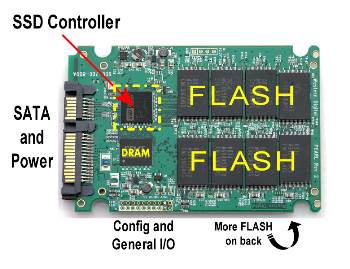 SSD Teardown revealing the NAND Flash chips and other components – Image: StorageReview[/caption>
SSD Teardown revealing the NAND Flash chips and other components – Image: StorageReview[/caption>
NAND Types
As X-NAND is a new type of NAND flash, let’s recap the types of NAND Flash that currently exist in SSDs.
-
- Single Layer Cell (SLC): This was the first type of flash memory available as flash storage. It stores a single bit of data per cell, making it very fast and long-lasting. However, it is not very dense, meaning it can’t store much data, which makes it expensive. Currently, it is rare in mainstream SSDs and is mainly used in fast enterprise drives or small caches.
-
- Multi-Layer Cell (MLC): Though slower, MLC allows for more data storage at a lower cost than SLC. Many of these drives include a small amount of SLC cache (known as the SLC caching technique) to improve speed, as the cache acts as a write buffer. Nowadays, MLC has been mostly replaced by TLC in consumer drives, being limited to enterprise solutions.
-
- Triple-Level Cell (TLC): TLC is common in today’s mainstream SSDs. While slower than MLC, it offers higher capacities at a lower price due to writing more data per cell. Most TLC drives use some form of SLC caching to improve performance. Without a cache, a TLC drive isn’t much faster than a traditional hard drive. For normal consumers, these drives offer good value and a balance between performance and price. Prosumer and professional users might consider enterprise-grade MLC drives for better performance.
-
- Quad-Level Cell (QLC): This evolution in storage technology promises higher capacities at even lower prices and also uses a caching technique for better speeds. Endurance may be lower with QLC NAND drives, and sustained write performance can drop once the cache fills. Nevertheless, it should yield more capacious drives at affordable prices.
These are the current forms of NAND Flash commonly seen in today’s SSDs. Manufacturers continually innovate and improve these designs to boost performance and reduce costs, leading to the development of 3D NAND in SSDs.
Previously, 2D or Planar NAND contained only one layer of memory cells, while 3D NAND stacks cells on top of each other. This stacking technique leads to denser, more capacious, and less expensive drives. Today, 3D NAND layering is standard in many mainstream SSDs. These drives are cheaper than their planar counterparts, as manufacturing a denser, stacked flash package is less expensive than a 2D one. Samsung calls this implementation “V-NAND,” while Toshiba named it “BISC-Flash.”

This technique also allows manufacturers to produce SSDs with higher capacities at lower prices on a large scale.
What is X-NAND
X-NAND is theoretically a combination of the best elements of SLC and QLC. At its core, the concept aims to merge the best of both worlds in one place, which is essential for pushing NAND Flash technology forward.
X-NAND architecture, presented by the CEO of NEO Semiconductor at the Flash Memory Summit in 2021, promises to combine SLC Flash’s speed with QLC Flash’s density and low pricing. Compared to conventional QLC NAND, X-NAND improves Read Time by up to 30%, Program Time by 37%, Read Throughput up to 27 times, and Write Bandwidth up to 14 times. These improvements are significant compared to current technology, making X-NAND an intriguing architecture to watch for in the near future.
[caption id="attachment_196411" align="aligncenter" width="646"]
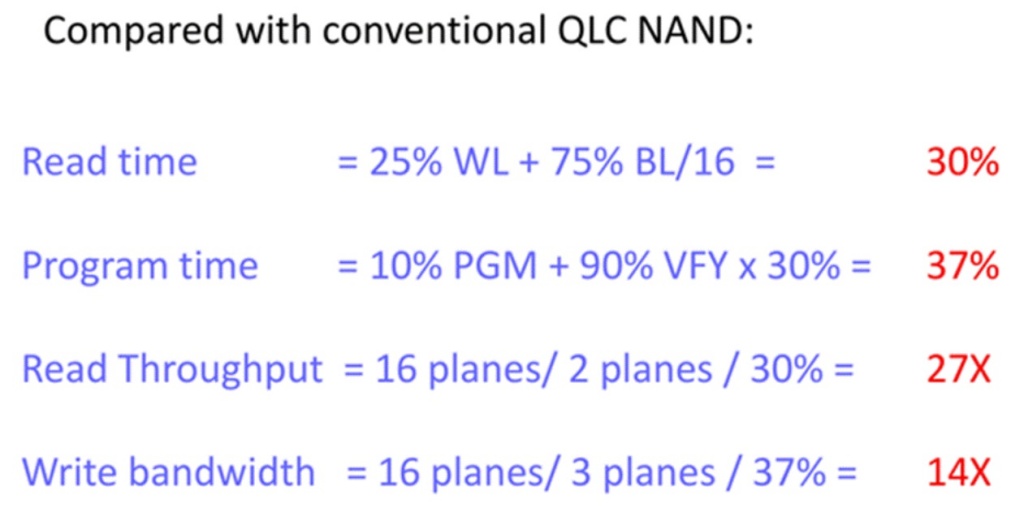 Improvements over conventional QLC NAND – Image: Tom’s Hardware
Improvements over conventional QLC NAND – Image: Tom’s Hardware Advantages of X-NAND
Andy Hsu, CEO of NEO Semiconductor, discussed the potential benefits of X-NAND at the virtual Flash Memory Summit in 2020. Here are some key advantages of X-NAND over existing flash technologies.
Speed
The standout feature of X-NAND is the potential combination of the top traits of SLC and QLC NAND. Currently, users must choose between QLC’s capacity and affordability, or the raw speed of an MLC drive (as SLC is no longer common in consumer SSDs). X-NAND’s promise of merging SLC’s speed with QLC’s capacity suggests this technology could offer impressive speed metrics.
Capacity
QLC is currently the choice for manufacturing high-capacity SSDs at reasonable prices due to its flash architecture and density, allowing it to store more data than similarly-equipped MLC or TLC drives. Combining QLC’s capacity benefits with SLC’s high speed could result in an SSD that excels in both areas, as previously mentioned.
Affordability
While there is no definitive pricing information for X-NAND as of writing, the current pricing of SLC and QLC NAND suggests X-NAND could become as affordable as QLC. QLC is the slowest and most affordable form of NAND in today’s SSDs. Although it’s a stretch to say X-NAND will definitely match or undercut current QLC drives, the potential for competitive pricing is clear. The budget SSD segment is already competitive, and X-NAND could make it even more so.
Mechanism behind X-NAND
While consumer QLC drives heavily rely on SLC caching (using a small amount of SLC NAND to speed up processes), X-NAND enables the flash to maintain SLC performance for longer. This is achieved by simultaneously allowing SLC and QLC write modes, a process not currently implemented in QLC drives.
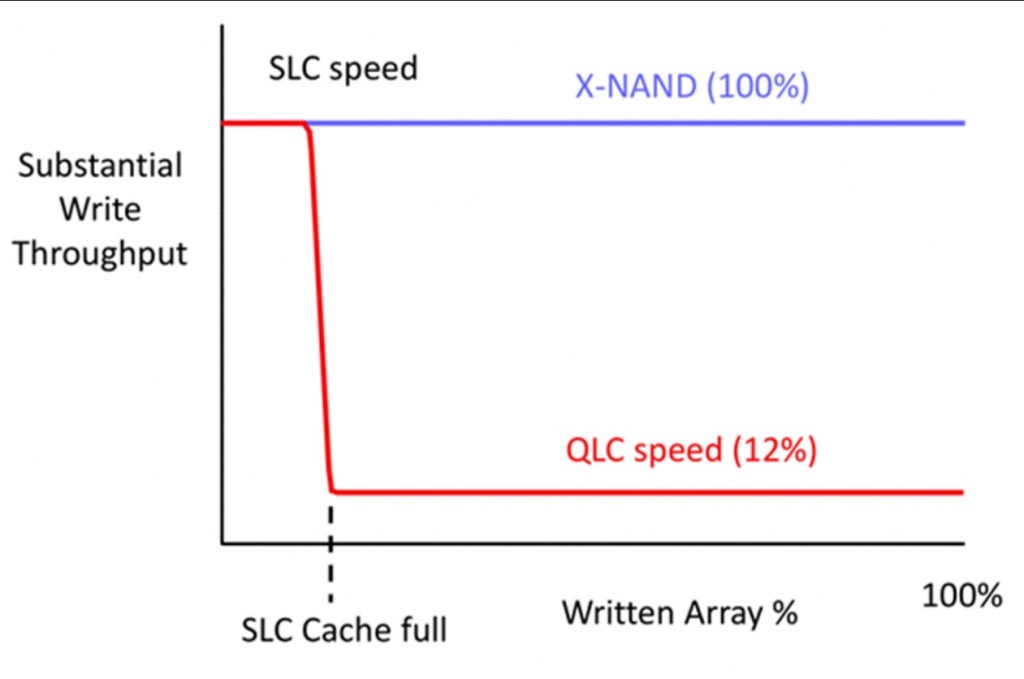
As shown in this performance chart, a modern QLC drive’s write throughput declines after a certain period as the SLC cache fills and the drive relies on its slower QLC NAND. In contrast, the X-NAND line remains steady throughout the test, clearly illustrating X-NAND’s performance benefits that bring SLC-level speeds to a more affordable price range and capacity level.
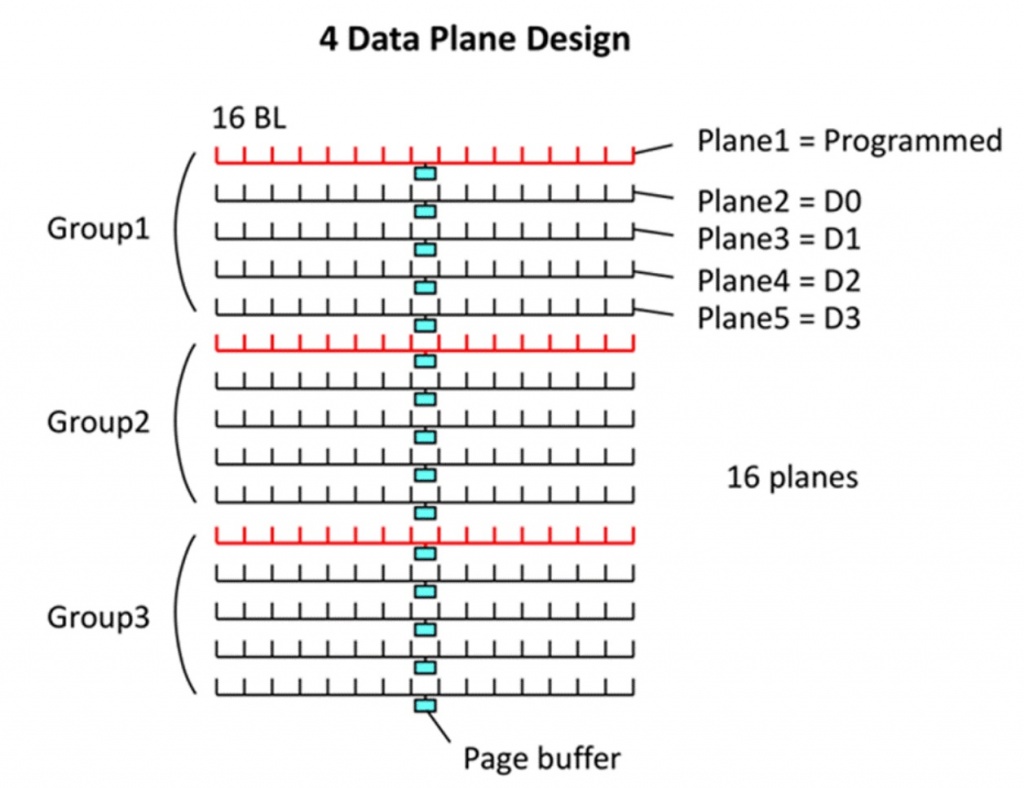
X-NAND achieves these gains by shifting from a 16KB to a 1KB page buffer per plane, but with 16 times the planes, as one example illustrates. This can be better understood by breaking down some of the terminology used here. A plane is the smallest unit of interleaving for flash, with one or more planes per flash die. The page buffer holds data in transit between the bus and flash. A flash die is divided into planes containing bit lines or strings of cells, so planar division can reduce the length of the bit line and boost performance. This method substantially increases write performance.
Future Applications
The future appears bright for X-NAND. While it’s hard to predict whether X-NAND will soon become a viable market product, the path seems clear for this technology’s introduction. X-NAND could significantly disrupt the solid-state storage market if launched under current conditions.
With potential for further refinement and improvement, X-NAND could become a strong contender for data center and enterprise applications. In a data center, data safety and redundancy are crucial. If X-NAND creators can enhance the endurance and reliability of this NAND, it could significantly impact that market segment shortly.
There’s also considerable potential for X-NAND in consumer PCs and gaming applications. Currently, SSD buyers are torn between MLC/TLC’s speeds and QLC NAND’s capacity and price. Pricing will play a crucial role in X-NAND’s success in the consumer desktop market, but it may improve as the architecture matures and the manufacturing process becomes more streamlined.
Conclusion
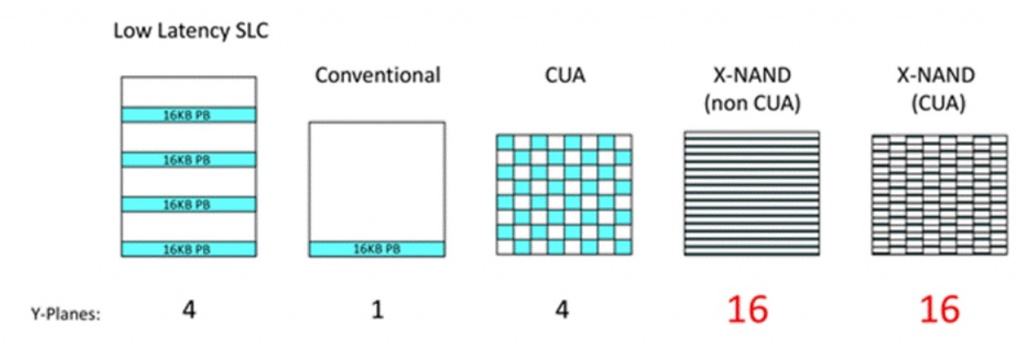
Although it sounds ambitious, X-NAND is a groundbreaking technology aiming to merge the best aspects of SLC and QLC NAND types. While not simple at present, the potential of this technology is undeniable. X-NAND could bring substantial advancements for data centers, edge computing, and the consumer desktop PC and gaming sectors. X-NAND is still developing, and no product incorporating this NAND flash is available at the time of writing, but it’s exciting to see what the future holds for its market launch.
